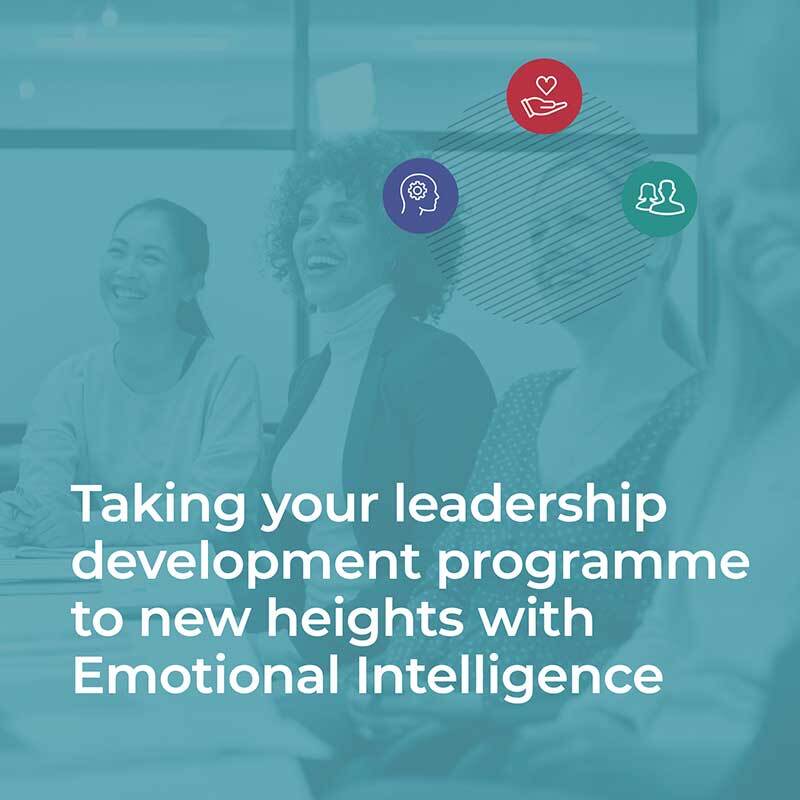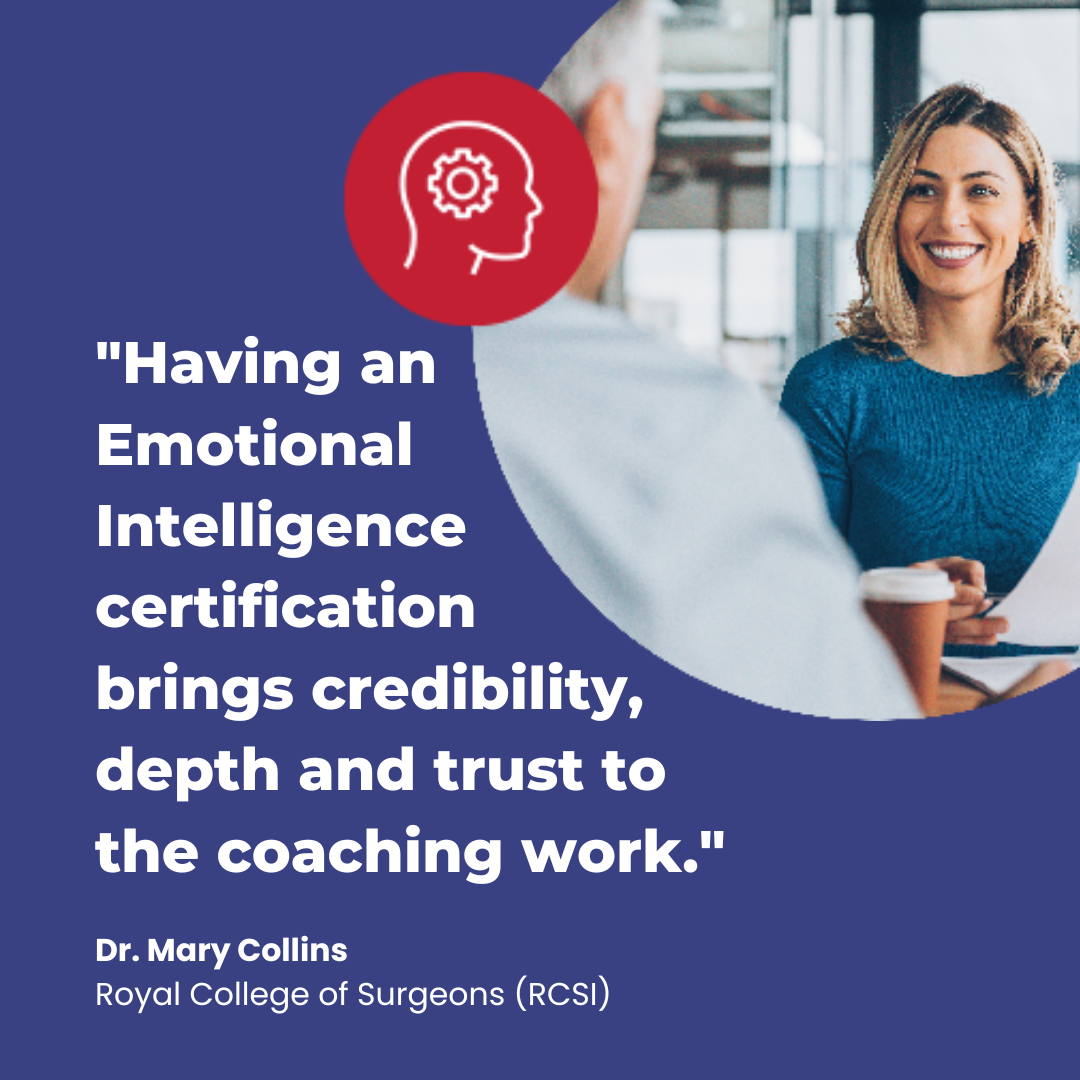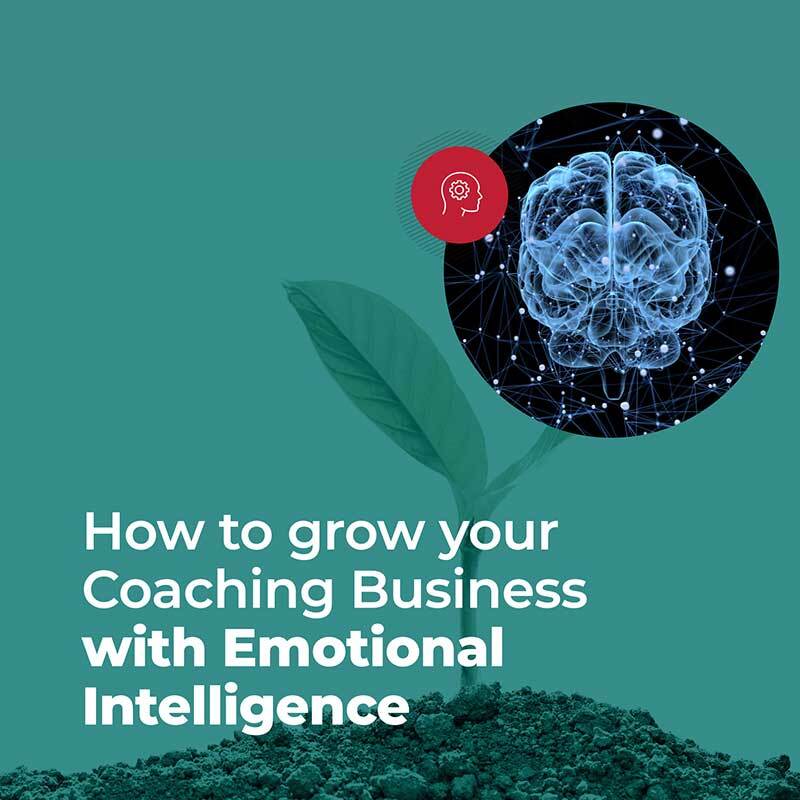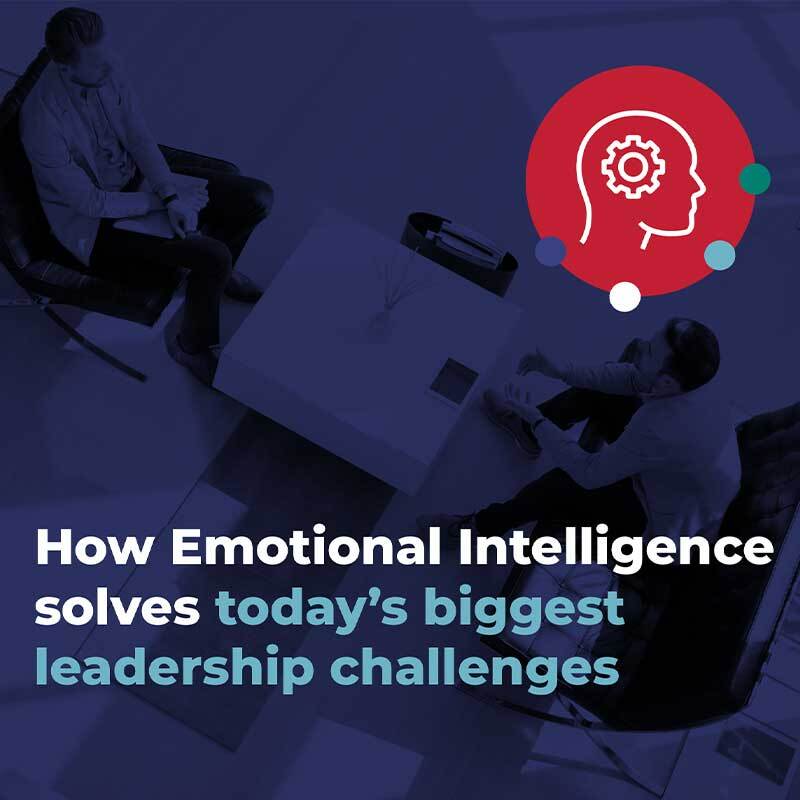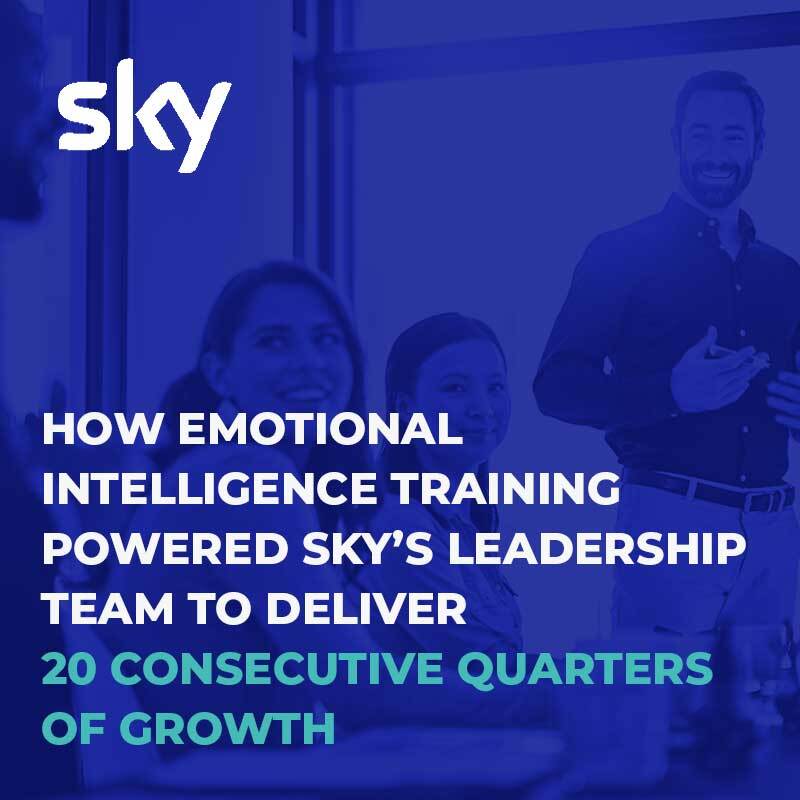
Mar 05 2022 | Tags: Mindfulness, Emotional Intelligence Training
The 5 keys to boosting mindfulness in the workplace
Workplaces have always been busy places, but the scale of information technology has massively accelerated the process of change as well as accentuated the blurred lines between professional and personal life. How often do you check your email or other productivity App? If you’re like most people, the answer is continuously, even on the weekends and holidays.
So what you you or your employees do to open up some more headspace and keep calm when there's so many distractions around? Here's 5 ways to boost mindfulness to help you get started:1. Peaceful Mind – Productive Decisions
Recently there has been widespread interest and enthusiastic media coverage of mindfulness in the workplace. High-profile global corporations such as Google, LinkedIn, Twitter and Sony, to name but a few, have all recently introduced mindfulness programmes.
The European media giant Sky, for example, is a stronghold of a workplace that combines speed with innovation. Two years ago Sky launched a leadership programme based on mindfulness and emotional intelligence.
I remember well the impact of my opening comment at the launch of what is called the ‘Better Self’ programme. I told the group, “The single most important skill you need to be able to lead well in the second half of your personal and professional life, is the ability to develop a peaceful mind.” You could have heard a pin drop as each participant realized the difficulty they had in calming their minds for more than just a few seconds at a time.
I’m convinced that the ability to maintain a peaceful mind in the face of relentless pressure is a critical skill in the formation of sound judgment and clear decision-making at work. Mindfulness is therefore an indispensable skill to lead well in any contemporary organisation.
2. The Myth of Multitasking
The context in which we work has changed radically in recent years. Workplaces have always been demanding, but people in business today must manage a massive increase in competing demands, accelerated timescales, and often, cross-functional responsibilities, not to mention the avalanche of emails, phone calls, text messages and social media. The impact of this information overload has forced all of us to multitask.
3. Work in Watertight Compartments
The key to managing your attention more effectively is to work in watertight compartments. Focus your attention on your immediate experience, such as the immediate task at hand, more deliberately before moving to the next project. This is particularly important while having a conversation with someone.
Many of us have a tendency manage our relationships while multitasking. While we’re involved in conversation, our minds can be somewhere else entirely, processing three or four tasks in quick succession. This chronic distractibility diminishes the exchange of quality information, innovative thinking, empathy, and ultimately trust. And ironically, the overall effect when trust is low is that the speed at which an organization performs slows down.
4. A Posture of Attention
Like all mindfulness practice, the first step in paying attention begins with becoming aware of your body so that you’re giving your physical attention to another person. Consider developing a body posture of attention.
Make the decision to turn towards the person. Become mindful of your voice. The appropriate use of tone, volume, and rate of your verbal responses can enhance effective attention.
These are the physical mechanics of paying attention, but what a person wants most of all from someone who listens to them, is psychological presence. Make a commitment to suspend your own agenda and judgment for a few moments, however important, and apply a mindful approach characterized by openness and curiosity. Give people your full attention.
5. Mindful Meetings
What is true for managing interpersonal communication is also true for managing meetings. The challenge of attending back-to-back meetings throughout the day is mental and emotional contamination. Once again, the key application of mindfulness is to let go of whatever preoccupied you prior to the meeting and give your full attention to the meeting you are currently in.
Wrapping up
Mindfulness at work potentially leads to the creation of a calmer, more cohesive and innovative culture. People who are clear minded, more focused, and collaborative make better decisions, and are also more productive.
One of the most effective mindfulness practices to help you transition between meetings, or between projects for that matter, is to practice the ‘Three Minute Breathing Space’. You can listen to the guided version here.
About the Author:
Martyn Newman, PhD is a clinical psychologist specialising in Emotional Intelligence (EQ) and Mindfulness. Dr. Newman is the author of the best selling book Emotional Capitalists and newly released The Mindfulness Book, and is the cofounder of RocheMartin. He is also co-author of the Emotional Capital Report™ – the global benchmark for defining, measuring and developing EQ and leadership performance.

